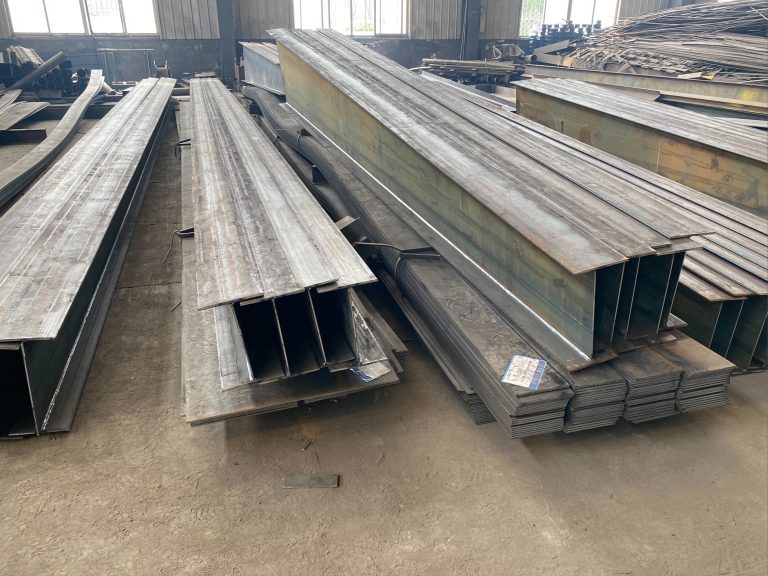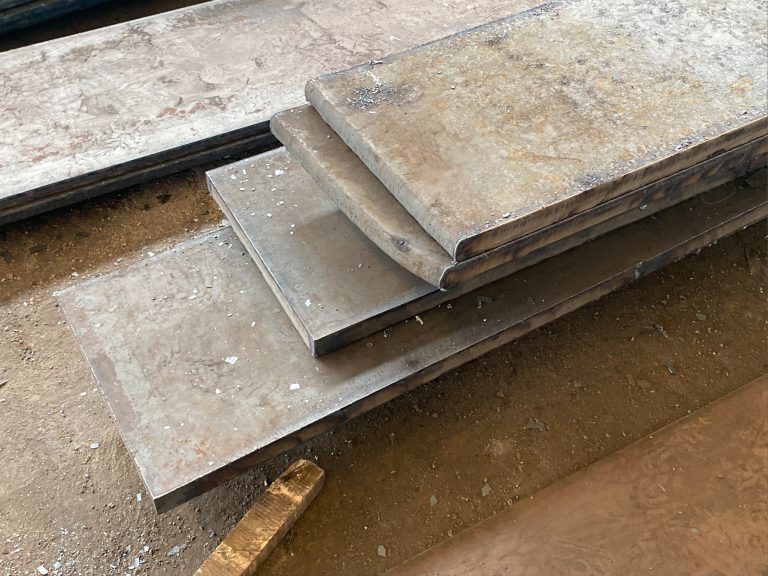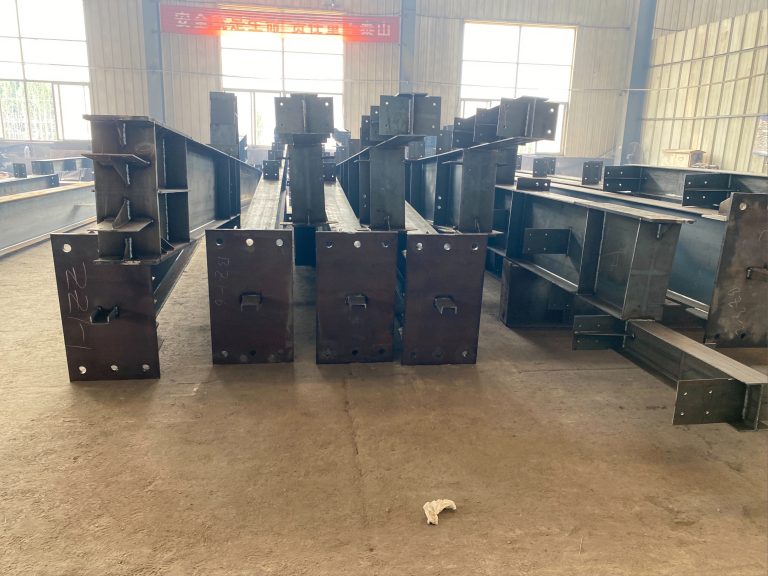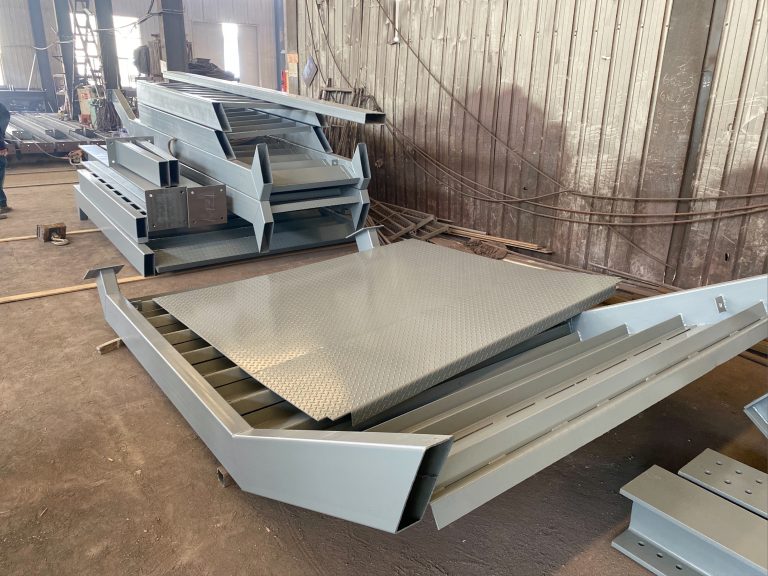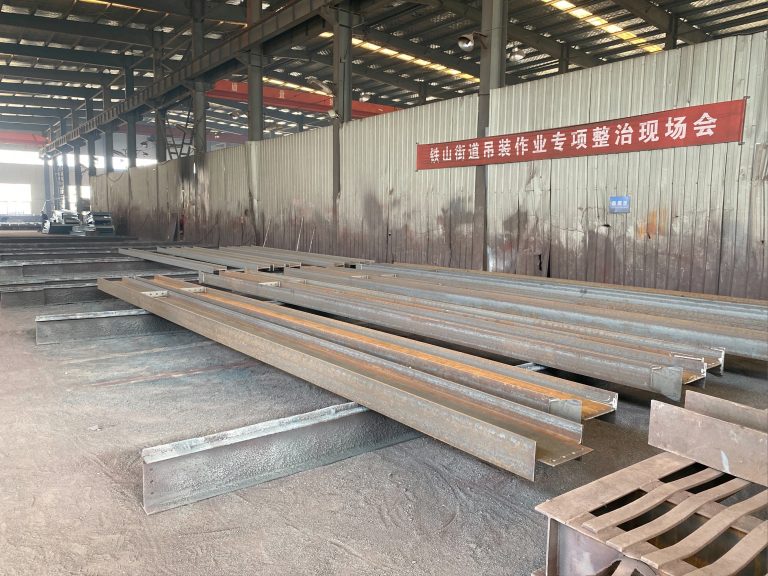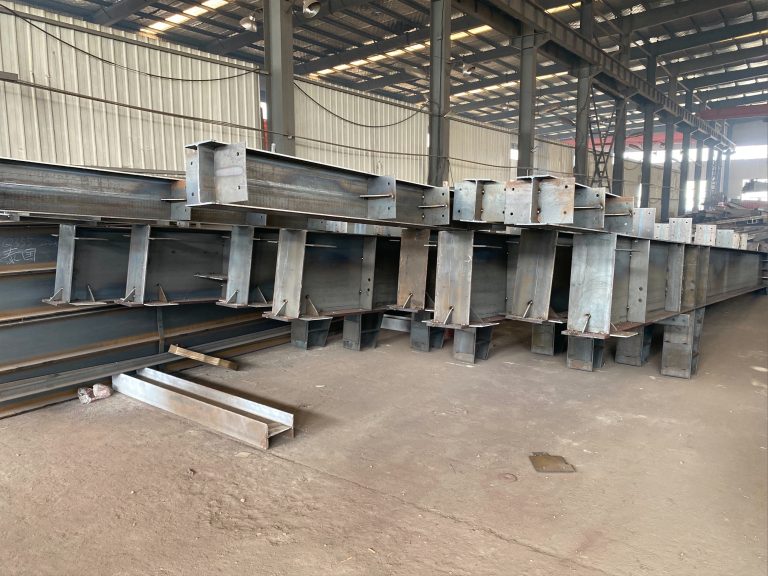Key points of seismic design and construction of steel structure
Table of Contents
Importance of Base Isolation in Seismic Design of Steel Structures
Seismic design and construction of steel structures represent a pinnacle in engineering, where safety and functionality converge with innovative methodologies. Among the crucial aspects within this realm, the importance of base isolation stands as a cornerstone in safeguarding buildings against the devastating forces of earthquakes.
Base isolation techniques aim to decouple a building’s superstructure from its foundation, effectively mitigating the transmission of seismic energy into the structure. This method hinges on the principle of allowing controlled movement during an earthquake, thereby reducing the structural stress that would otherwise compromise the building’s integrity. By incorporating flexible bearings or isolators between the foundation and the structure, engineers can tailor the building’s response to seismic waves, minimizing potential damage and ensuring occupant safety.
The ultimate goal of base isolation is to preserve structural stability and functionality even amidst significant seismic activity. This technique not only protects the building but also enhances its resilience, allowing it to withstand earthquakes with minimal repair and downtime. The strategic placement of isolation devices and meticulous engineering calculations are paramount in achieving these outcomes.
In practical terms, the process begins with a thorough assessment of the seismic hazard specific to the building’s location. Engineers analyze ground motion characteristics and structural vulnerabilities to determine the appropriate type and placement of isolation systems. Factors such as building height, mass distribution, and anticipated seismic forces play pivotal roles in this decision-making process.
Implementation of base isolation requires meticulous planning and collaboration among architects, structural engineers, and construction teams. Detailed design specifications and rigorous testing of isolators ensure compatibility with the building’s overall structure and operational requirements. Throughout construction, adherence to these specifications is crucial to guarantee the effectiveness of the isolation system.

Furthermore, base isolation is not a one-size-fits-all solution. Engineers must tailor their approach to suit the unique characteristics of each building and the specific seismic risks it faces. This customization involves balancing structural performance with cost-effectiveness, aiming to achieve optimal seismic resilience without compromising architectural or functional requirements.
Beyond technical considerations, the societal impact of base isolation cannot be overstated. In earthquake-prone regions, the deployment of these advanced seismic strategies helps safeguard communities, infrastructure, and economic stability. By reducing the likelihood of structural damage and collapse, base isolation contributes to the continuity of essential services and minimizes the disruption caused by natural disasters.
Looking ahead, research and development continue to refine base isolation techniques, striving for even greater effectiveness and adaptability in diverse seismic environments. Innovations in materials, construction methods, and predictive modeling promise to further enhance the resilience of steel structures against seismic events, underscoring the dynamic nature of seismic design and engineering.
In conclusion, base isolation stands as a pivotal advancement in the seismic design and construction of steel structures, embodying the marriage of engineering ingenuity and practical resilience. As global urbanization persists and seismic risks evolve, the imperative to implement robust seismic solutions becomes increasingly evident. By prioritizing base isolation techniques, engineers uphold not only the safety and functionality of buildings but also the resilience of communities worldwide.
Advantages of Buckling-Restrained Braced Frames in Seismic-Resistant Steel Construction
Seismic design and construction of steel structures are crucial aspects of ensuring the safety and stability of buildings in earthquake-prone regions. One of the key components of seismic-resistant steel construction is the use of Buckling-Restrained Braced Frames (BRBFs). BRBFs are a popular choice for seismic design due to their ability to provide excellent ductility and energy dissipation during seismic events.
One of the main advantages of BRBFs is their ability to resist lateral forces generated during an earthquake. These frames consist of steel braces that are designed to yield in a controlled manner, absorbing and dissipating the energy generated by seismic forces. This helps to reduce the overall impact of the earthquake on the structure, minimizing damage and ensuring the safety of occupants.
Another key advantage of BRBFs is their high level of ductility. Ductility refers to the ability of a material to deform without breaking under stress. BRBFs are designed to undergo significant deformation during an earthquake, allowing them to absorb a large amount of energy without failing. This helps to prevent catastrophic structural failure and ensures the overall stability of the building.
In addition to their excellent ductility, BRBFs also offer a high level of reliability. These frames are designed to provide consistent performance under a wide range of seismic conditions, making them a reliable choice for seismic-resistant steel construction. This reliability is crucial in ensuring the safety of occupants and protecting the integrity of the building during an earthquake.
BRBFs are also known for their ease of construction and installation. These frames can be prefabricated off-site and easily assembled on-site, reducing construction time and costs. This makes BRBFs a cost-effective option for seismic-resistant steel construction, allowing builders to meet strict seismic design requirements without breaking the budget.
Furthermore, BRBFs are highly versatile and can be customized to meet the specific needs of a building. These frames can be designed to accommodate different building configurations and seismic loads, making them suitable for a wide range of applications. Whether it’s a high-rise office building or a residential complex, BRBFs can be tailored to provide optimal seismic resistance and structural stability.
Overall, Buckling-Restrained Braced Frames offer a number of advantages in seismic-resistant steel construction. From their ability to resist lateral forces and provide excellent ductility to their reliability, ease of construction, and versatility, BRBFs are a popular choice for builders looking to ensure the safety and stability of their structures in earthquake-prone regions. By incorporating BRBFs into their seismic design and construction plans, builders can rest assured that their buildings will be able to withstand the forces of nature and protect the lives of those inside.

